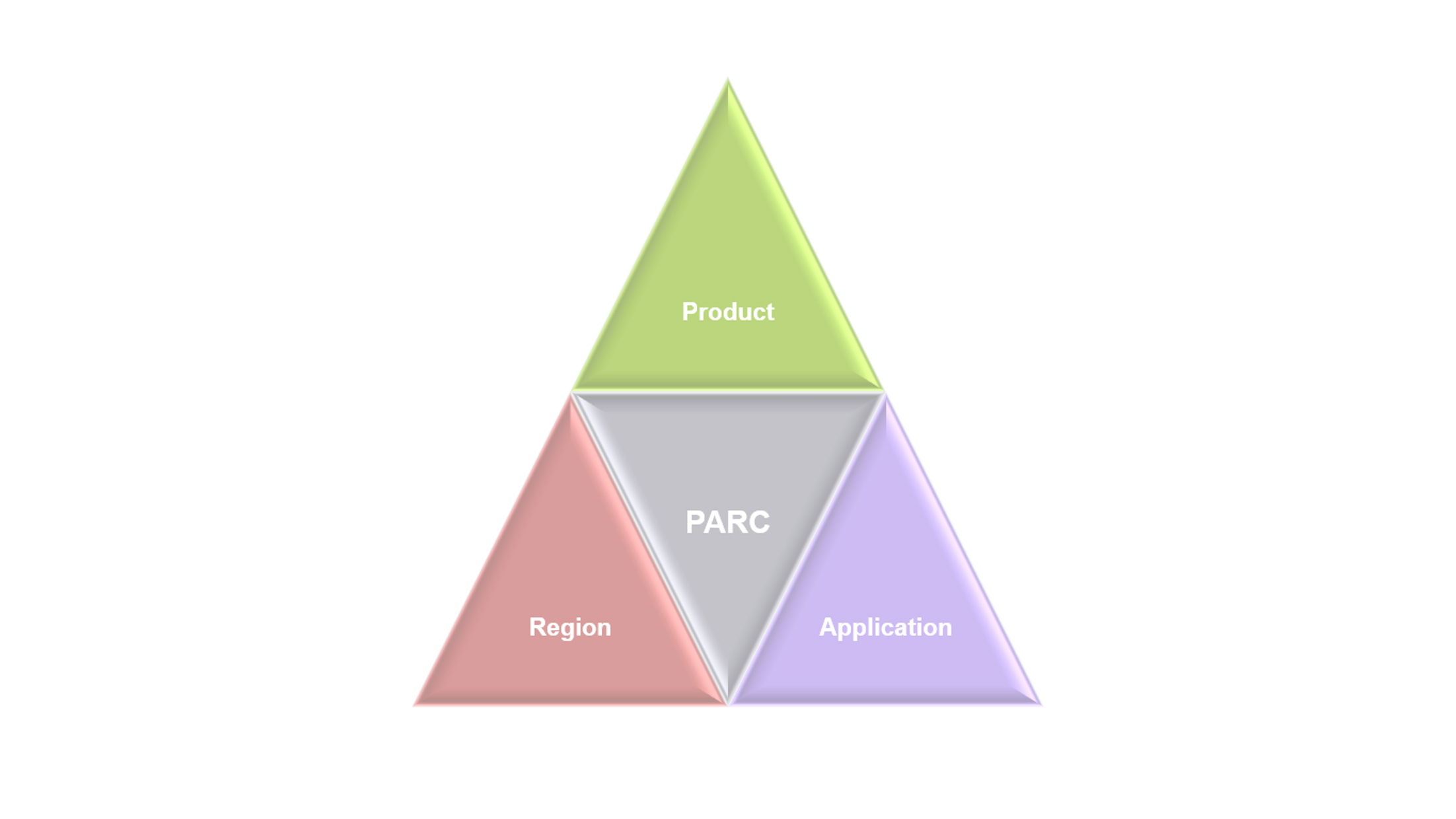WACKER Sustainable Solutions – Achieving a Neutral CO2 Footprint by 2050 with Sustainable Products
Sep 16, 2020
With our WACKER Sustainable Solutions program, we assess our product portfolio from a sustainability perspective.

WACKER Sustainable Solutions – which is based on the industry-wide standard of the World Business Council for Sustainable Development (WBCSD) – helps us to:
- Promote and expand our existing sustainable business fields
- Establish new sustainable business areas
- Identify and assess sustainability-related risks to our business portfolio at an early stage
The process:
A team of WACKER employees carries out the product-assessment process. Typically, the team consists of technical service managers and employees from sales and marketing who are familiar with the precise details of the product. It also includes at least one corporate sustainability officer. Each business division has a lead manager for supporting assessments. The results are entered into the division’s product-portfolio management system.
The tool:
In WACKER Sustainable Solutions, we assess portfolios by using product evaluations that cover a product’s full life cycle, its specific application and the regional requirements. This approach revolves around a tool known as PARC, which stands for one Product (or product group) in one Application in one Region in Combination.
It is this combination of product, application and region (via PARC) that forms the central element of an assessment.
After the team has checked the basic criteria (e.g. toxicological classification, regulatory and social criteria, controversial industries and raw materials), it examines sustainability aspects with a multi-step questionnaire. The team uses the answers to all 17 questions to extrapolate the product’s positive sustainability points – which it also presents to customers.
In the case of BELSIL® eco silicone fluids, the positive points include:
- Manufactured from biomethanol derived from certified renewable raw materials (such as cut grass)
- Save energy relative to silicones based on conventional fossil resources
- Reduce CO2 emissions as a result
- Help meet the UN’s sustainable development goal 13 on climate protection
If a product fails the basic review, the team works through the criteria in the questionnaire to estimate the business risks more precisely. Then it devises measures that could make the product more sustainable.
As recommended by the WBCSD, the PARC assessment process ends by placing a product into one of five categories. In other words, the team grades a product’s sustainability performance.
The goal:
Over the past two years, WACKER has performed over 250 PARC reviews of products that, taken together, account for 90 percent of the company’s sales. Three-quarters of the products passed the basic review, meeting the minimum sustainability criteria. For the remaining quarter, the company defined measures to either improve sustainability performance or replace the product. After all, a product’s poor grades could pose a mid- to long-term business risk due to the growing public significance of sustainability. “Our goal is for 90 percent of our portfolio to consist of sustainable products by 2030,” says WACKER Executive Board member Auguste Willems.
WACKER Sustainable Solutions is an essential part of our SustainaBalance® strategy and supports our goal of achieving a neutral CO2 footprint by 2050 with sustainable products.
For more information about the PARC product-assessment tool: https://bc.pressmatrix.com/en/profiles/1d3aafe3f72b/editions/63ff6475416c5a04f5fa/pages/page/25 (EN)
https://bc.pressmatrix.com/en/profiles/1d3aafe3f72b/editions/d2d2ef1b219cf4a74ee8/pages/page/25 (DE)
Contact

Wacker Chemie AG
Media Relations
Petra Hettich
Tel. +49 89 6279-1303
Send Message
